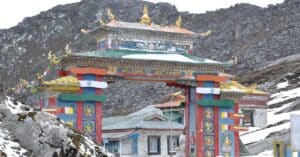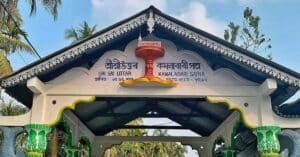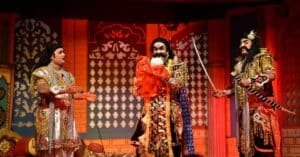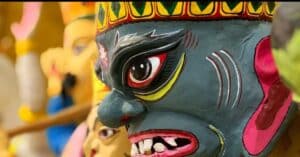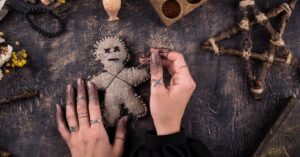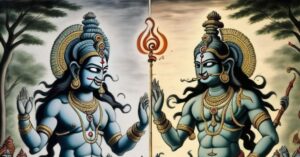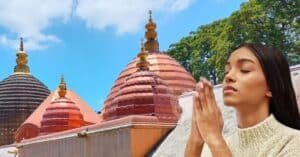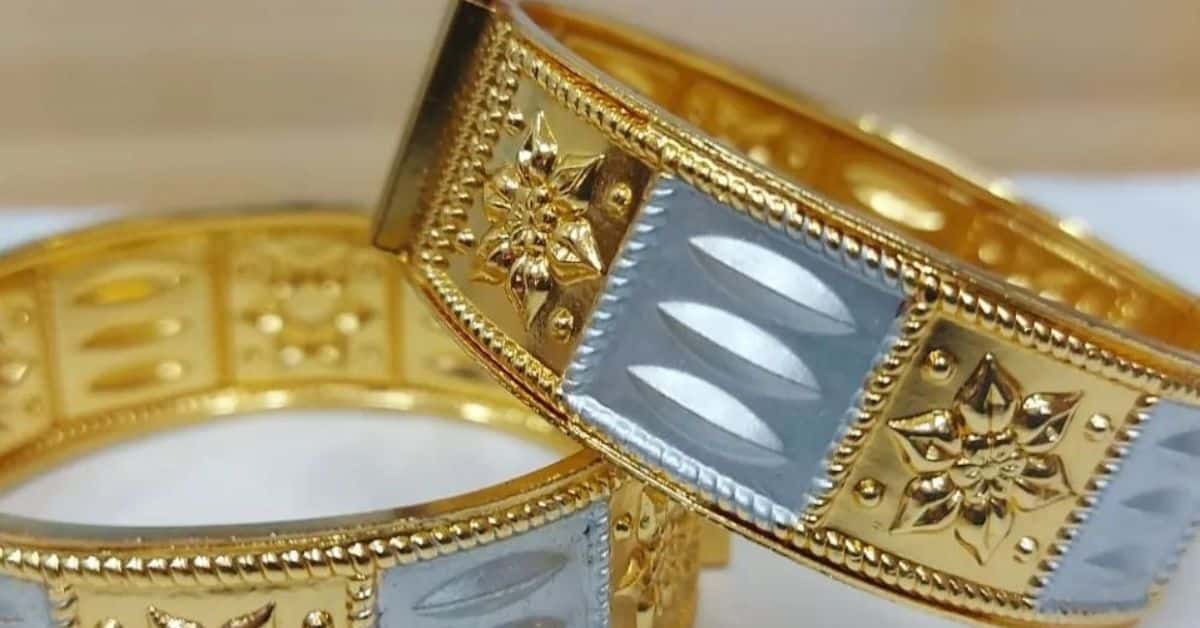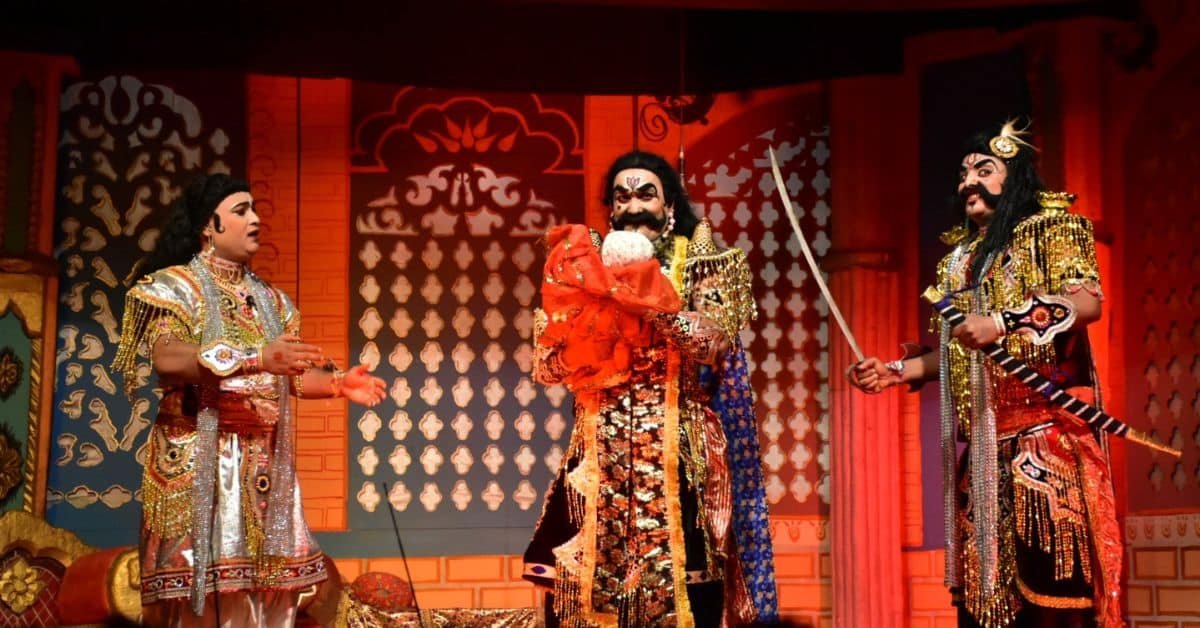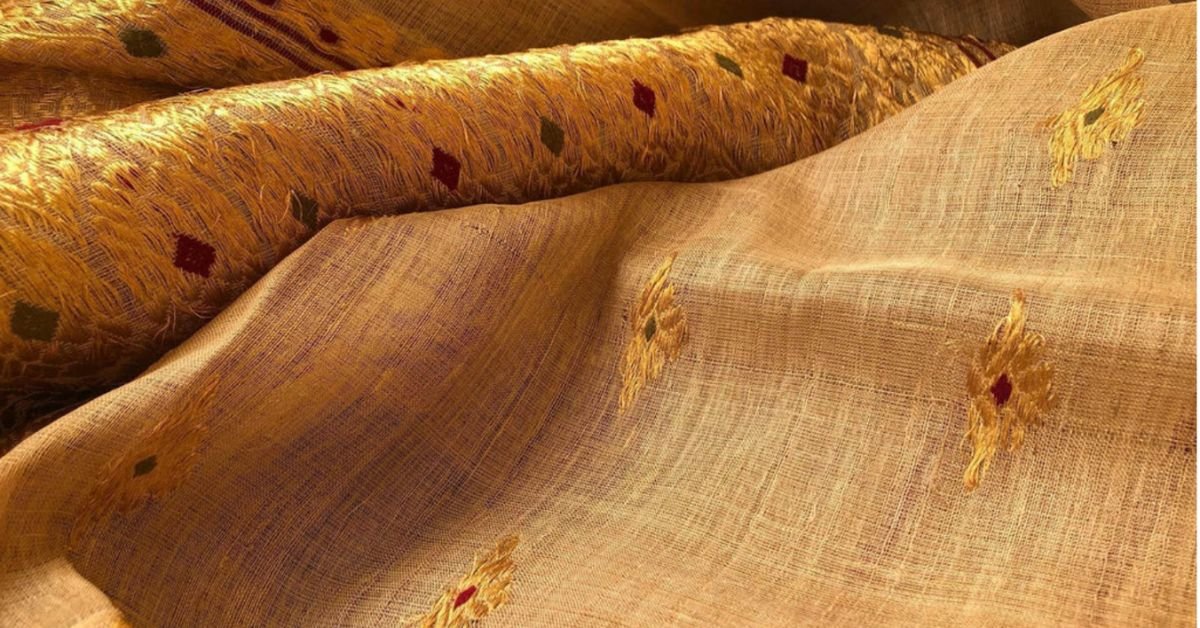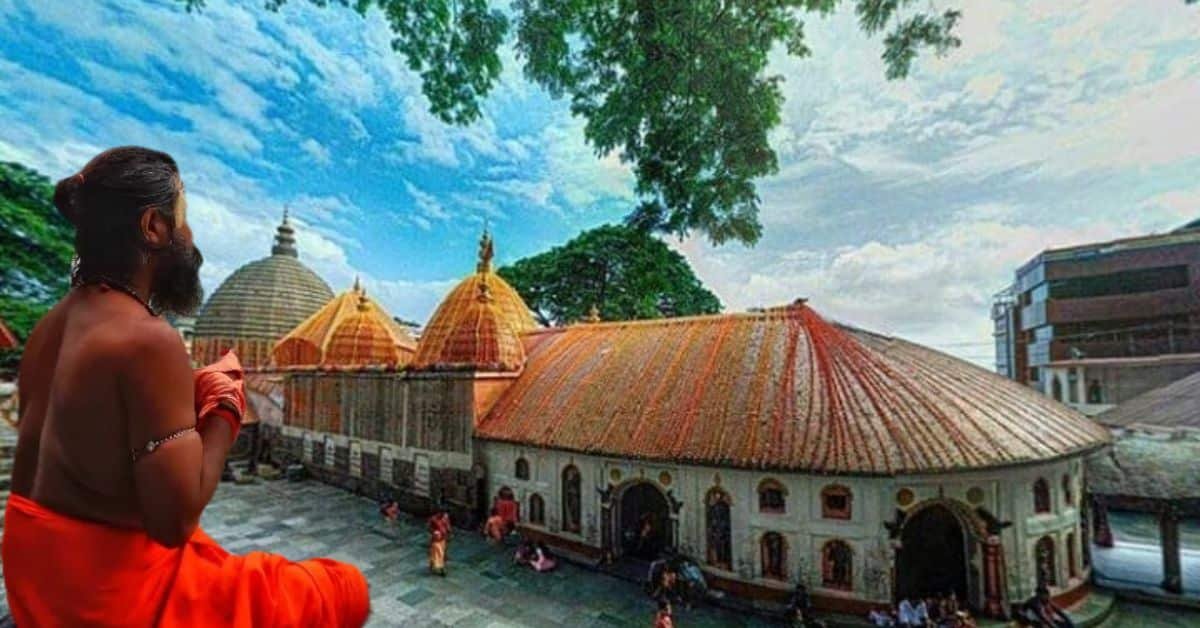North East India is home to many indigenous tribes who have retained their age-old traditions proudly. These customs of Northeast India are perfectly blended with modernity. Though the tribes and the communities share lots of things in common, there are some unique customs and cultures that make each tribe stand out from the rest. Here is the list of such customs.
Customs of Northeast India: The Head Hunting Tribes of Nagaland
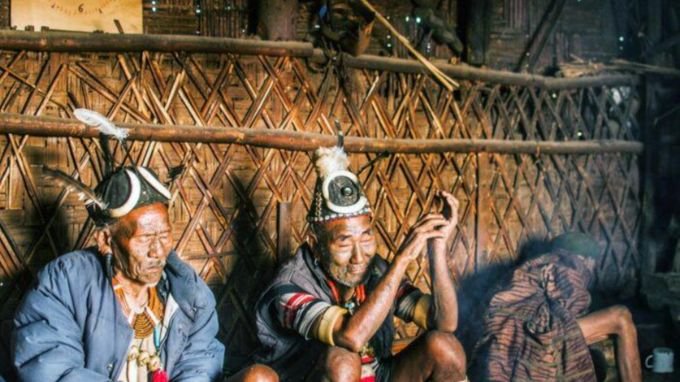
Nagas are fierce warrior by birth. The Konyak warrior tribe is one of the many Naga tribes. In ancient times, within the Konyak tribal community, the heads of enemies captured in battle were considered trophies and symbols of prestige. Headhunting was an integral part of the Konyak tribal culture and had deep-rooted social, religious, and symbolic significance. In the past, headhunting was a way for Konyak warriors to demonstrate their courage, bravery, and prowess in battle. However, it’s important to note that headhunting was not a universal practice across all Naga tribes, and it wasn’t exclusive to the Konyak tribe either. Today, the Konyak tribe, like many other Naga tribes, has embraced Christianity and transitioned away from their traditional practices, including headhunting. The practice of headhunting has now become a part of history and folklore, remembered as an integral but controversial aspect of their cultural heritage.
The Konyak tribe of Nagaland is famous for its headhunting and tattoo culture. Read this blog for more details. Besides, the Konyak tribe of Nagaland, Headhunting was practised by Wancho Tribe in the past.
Customs of Northeast India: Jingrwai Lawbei Tradition of the Khasi Tribe
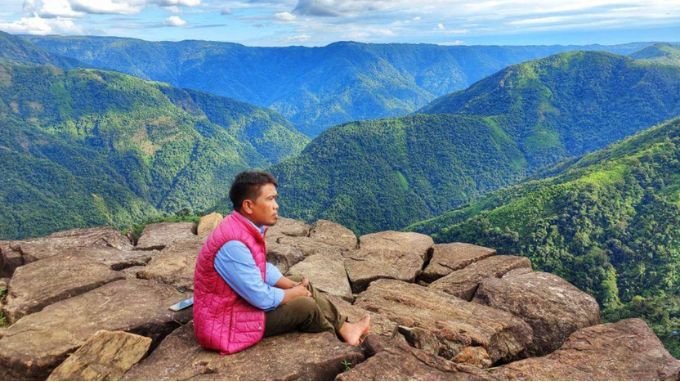
Meghalaya, nestled in the northeastern part of India, is enveloped by luxuriant emerald mountains and picturesque cascades. Called as the Abode of Clouds, Meghalaya shelters a tapestry of vibrant cultural beliefs and customs. Within this realm, there exists a quaint hamlet named Kongthong, where an exceptional oral tradition known as “Jingrwai lawbei” prevails. This tradition uses a melody (Jingrwai) that pays homage to the primal ancestress—the inaugural matriarch of the clan (Lawbei). This musical ode is crafted by the mother subsequent to the birth of her offspring, typically in the initial weeks as she recuperates her strength. The unique tradition of Jingrwai lawbei has been followed by the people of Kongthong since time immemorial. It is believed that the early ancestors of this village developed this musical language due to the geographical isolation of the village. According to a local belief, evil spirits reside in the forests of the Khasi Hills, and the villagers use this unique language to save the village from the spirits, as the evil spirits cannot distinguish between these tunes and animal calls. When heard from afar, the tunes sound like whistles, the reason the village of Kongthong is popularly known as the Whistling Village. Within Kongthong village, this practice is regarded as a conduit for interpersonal expression and communication among community members.
In this unique customs of northeast India, upon the birth of a child, both parents conceive two or three melodies, from which the most exceptional one is eventually chosen. With the arrival of a newborn, a fresh melody is conceived, destined to fade away upon the individual’s demise. No two distinct individuals are associated with the same melody or song; each tune remains a distinct and intrinsic marker for a single person. When beckoned by their unique melody, individuals respond by echoing it in song. The essence of the Jingrwai lawbei tradition is wholly oral, eschewing written documentation.
Customs of Northeast India: Yaping Hullo Tradition of the Apatani Tribe
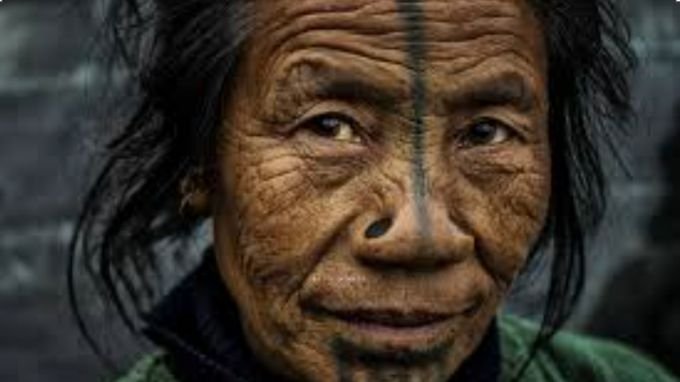
The Apatani tribe is known for their unique cultural practices, and one of the distinctive features of their tradition is the practice of nose plugging or nose piercing. The Apatani women traditionally have a nose plug or ornament called “Yaping Hullo”. They wear through a hole made in the middle of their nostrils. This unique customs of Northeast India has garnered attention due to its uniqueness and cultural significance. The nose plug is typically made of cane, wood, or bamboo and is cylindrical in shape. It is inserted into the nose piercing and worn as an adornment. The size and design of the nose plug can vary, and it is often considered a symbol of beauty and identity within the Apatani community.
The origin of this practice is believed to have historical and practical roots. One theory suggests that the nose plugs were initially used to make Apatani women less attractive to neighboring tribes, who were known to practice raids and abductions. Another theory is that the nose plugs were intended to prevent Apatani women from being taken as slaves by more powerful tribes. However, as time has progressed, the practice has taken on cultural and aesthetic significance. Apatani women wear these nose plugs with pride, and the practice is considered an important aspect of their identity and cultural heritage.
Customs of Northeast India: The Headgear of the Nishi Tribe

A headgear made out of hornbill brick and feathers are the most identical feature of Nishi tribe. It’s practise has been practiced since time immemorial. As per the belief of the Nishi tribe, the headgear need to be earned by worthy individual from the tribe. The headgear is locally known as ‘Padam‘ and you will see many people in Arunachal Pradesh wearing these headgears in everyday lives. Each and every part of the padam has a story to tell. the main base of the headgear is made out of Tasar cane. But why hornbill beak in a headgear which is considered unique customs of northeast India?
The fascinating story is that the bird Hornbill is strictly monogamous. Once a hornbill birds chose its partner, the couple would stay partners for life. The hornbill beak in Nishi headgear symbolises loyalty to one’s partner and to the community. However, use of actual beak of the bird (which is a critically endangered species) is strictly prohibited now. Instead, the tribe uses wooden cutouts that resembles hornbill beak.
Besides these, the headgear (padam) has features of birds attached to it. The featured used the tribesmen of Nishi represents one’s profession and status in the society. For example, Nishi priests or Shaman uses Eagles’ feathers.
However, the heart and soul of the padam is the hair bun that is attached in the front. In earlier times, if someone’s hairbun is cut from his headgear, he is considered dead and defeated.
The Tradition of Mask Making (Mukha Silpa) of Assam

Mask making or Mukha Shilpa is an age old artform and customs of Northeast India in the Majuli island of Assam which dates back to the 16th century. Mask making in Majuli is associated with the institution called Satra, a neo-vaishnavite monastery. These satras patronized art, craft, painting, literature, music and dance. Besides these, other art forms like mask making, wall and panel painting, manuscript painting and wood carving were developed simultaneously.
In his efforts to promote Neo-Vaishnavism in Assam, Sankardeva utilized narratives from Hindu religious texts to establish a connection with the masses. These religious stories were presented in the form of dramatic performances known as “bhaona” in the Vaishnavite culture of Assam. To enhance the liveliness of these dramas, elaborate masks were employed. Performers utilized masks to portray a wide range of characters, including heroes, villains, animals, and divine beings.
Mask makers have exhibited remarkable ingenuity in their selection and combination of materials for crafting masks. Commonly used materials include bamboo, cane, clay, cloth, paper, metal, pith plant (Aeschynomena Indica), stone, shell, and wood, among others.
The tradition of mask making in Majuli island of Assam attract many visitors, read this blog to know how masks are made, their types and history.


